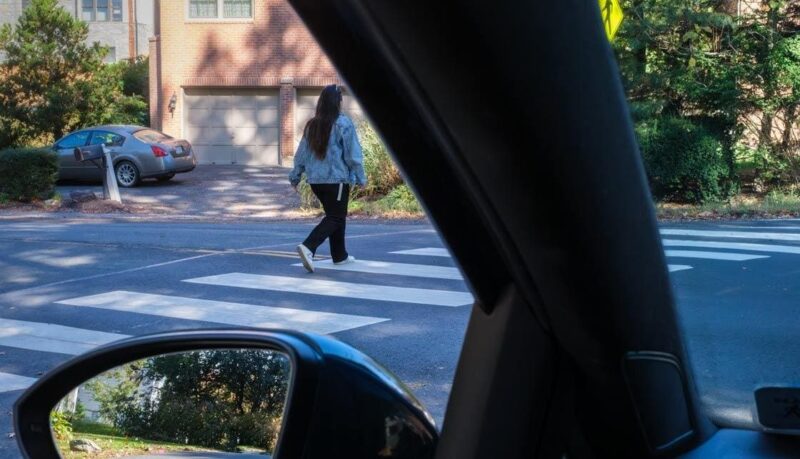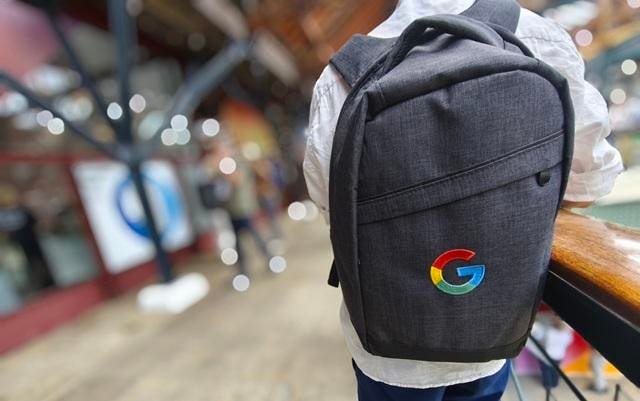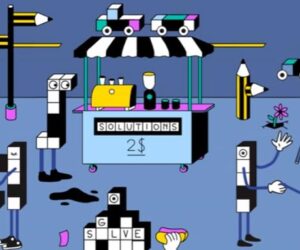Big blind zones raise the left-turn pedestrian crash risk by 70%, and medium driver-side blind zones by 59%, according to a new study.
Insurance Institute for Highway Safety
Vehicles with large driver-side blind zones are much more likely to strike crossing pedestrians while turning left than vehicles with small blind zones. Big blind zones raise the left-turn crash risk by 70%, and medium driver-side blind zones by 59%.
In addition, thick and slanted A-pillars; bulky side mirrors; tall, long hoods–like those on SUVs and pickups ; and windshields – which alter the location of blind zones – all obstruct driver views, and are linked to higher pedestrian crash risk during left turns.
Those are the main findings of new research announced on Wednesday by the Insurance Institute for Highway Safety (IIHS), a nonprofit financed by the insurance industry, that examined the influence of blind zones and other design elements on the driver’s ability to see.
“These results clearly identify problematic aspects of vehicle design,” David Harkey, the Insurance Institute’s president, said in a statement. “The challenge for automakers will be to find ways to address them that don’t diminish the protection vehicles provide to their occupants in a crash.”
For the study, “Effects of driver direct visibility in passenger vehicles on the risk of turning crashes with pedestrians,” researchers analyzed nearly 4,500 police-reported pedestrian crashes in seven states.
Using a camera-based technique developed by the institute’s engineers to measure visibility, the researchers analyzed the blind zones of 168 vehicles and categorized them as having a large, medium, or small blind zone based on the percentage of the driver-side view that was obstructed.
A similar examination of 3,500 crashes showed that passenger-side blind zones had no significant impact on the risk of right turn crashes.
Specific aspects of the blind zone were also examined. For example, vehicles that obscured the ground in front of the vehicle more than 30 feet had a 37 % increase in left-turn pedestrian crash risk, researchers said.
“When a driver’s view is partially blocked, it’s easy for a person in the crosswalk to disappear from sight,” Wen Hu, senior research transportation engineer at the Insurance Institute and lead author of the study, said in a statement. “That’s exactly the kind of situation that leads to turning crashes.”
Some of the characteristics that increase the size of blind zones make vehicles safer in other ways, according to the study, which pose challenges to designers. For example, thick A-pillars contribute to roof strength, which protects occupants in rollover crashes, and long hoods, which provide larger crumple zones to manage the forces of frontal impacts.
The study highlighted a number of design and other measures that address visibility or safety without impacting vehicle structure that have the potential to reduce pedestrian crash risk:
- Side-view cameras could compensate for blind zones that cannot be eliminated;
- hood airbags could reduce the likelihood of serious injuries;
- pedestrian automatic emergency braking systems could be designed to function better during turns;
- roads and crosswalks could be adjusted, like resetting traffic lights to allow pedestrians a few seconds to begin crossing before the light turns green for vehicles, so drivers could see if someone is in the crosswalk before they begin to turn; and
- curbs could be extended into the roadway at intersections, which would put waiting pedestrians in the driver’s line of sight and shorten the time that they are in the crosswalk.
“The driver’s ability to see is a fundamental element of safety that hasn’t received enough attention,” Harkey added. “That should change with our new ability to easily measure vehicle blind zones and assess their effects on crash risk.”
For more details and to read the full study, click here and here.









